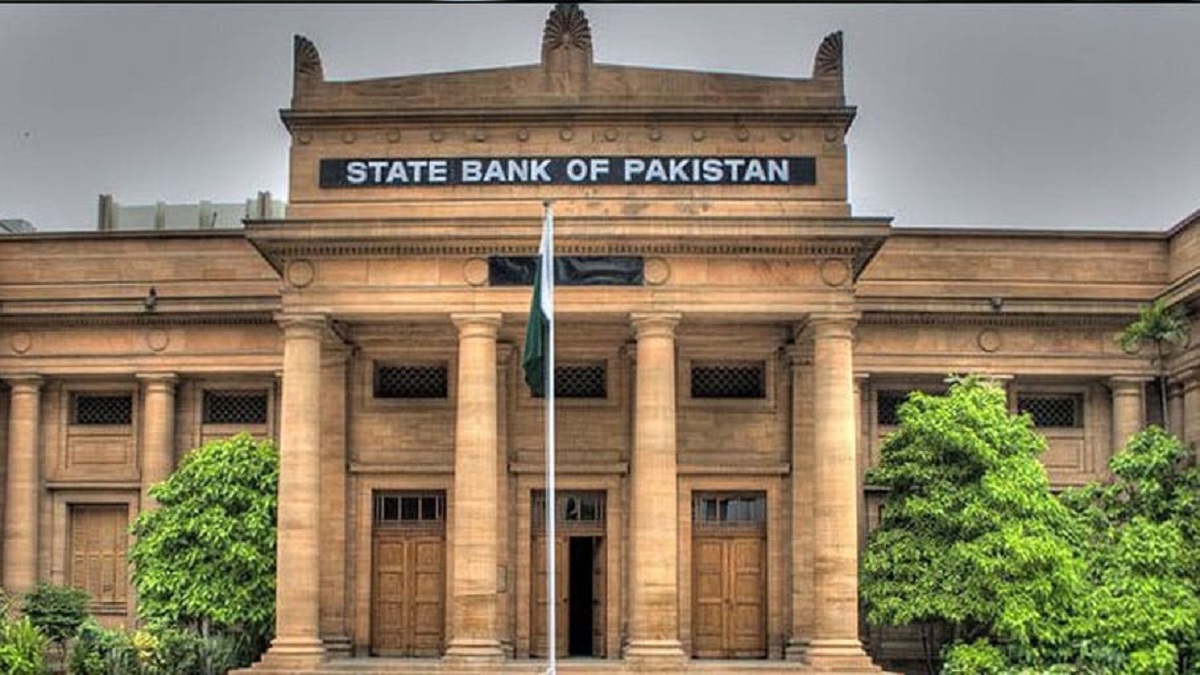While making the refinance schemes available for exporters, agriculture, small business, and housing sector, investment, and others, the State Bank of Pakistan (SBP) will not insure the risk of any sector or give a credit guarantee. Credit risk and decision-making will remain with the lending banks and financial institutions for ensuring credit discipline and the State bank of Pakistan will not give priority to any bank or financial institution.
If these two conditions are made, the State bank of Pakistan can provide refinance. Some of the points, presented in favor of the recently proposed amendment in SBP working, it is also said that the central bank should have quantitative tools as its power, If this strength is not lying with the central bank, the steps, taken during the Covid-19 crises through the reduction in the interest rate and boost investment through long-term, cheap loans under the Temporary Economic Refinance facility would not have been possible.
The proposed amendments are to reset domestic price stability or inflation targeting as the State bank of Pakistan’s primary objectives, keeping it away from the responsibility of supporting growth and stopping it from direct lending to the government. Financial stability will be its secondary objective and support to the government’s economic policies to boost development and best utilization of resources as its third objective.
Read More: Policy rate to remain unchanged at 7pc: SBP
The market is full of different kinds of news including that after the amendments are approved, SBP may discontinue subsidized loans for promoting the housing sector, small and medium industries, agriculture, exporters, etc. which it provides to the banks and other financial institutions for further disbursement.
The sources of the State bank of Pakistan with the condition of anonymity revealed that the amended bill allows the central bank to keep refinance facilities like the Central Banks’ strength and use them in pursuit of its refined mandate for price and financial stability. It does not mean that the Banks will rely on it heavily or permanently. It just means that the bank should be in a position to enable to inject liquidity in the economy when and where needed.





















